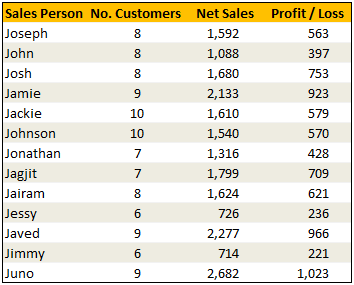- There are two types of cell references: relative and absolute.
- Relative and absolute references behave differently when copied and filled to other cells.
- Relative references change when a formula is copied to another cell. Absolute references, on the other hand, remain constant, no matter where they are copied.
So what is the difference between relative and absolute references?

When you say a reference is relative, you are telling excel to adjust that reference in formulas based on where you move or copy the formula. For eg. if you have a formula in cell B1 as
=a1*2 and now if you copy paste this in another cell, lets say, C1, the new formula would read like =b1*2 When you say a reference is absolute, you are telling excel not to adjust that reference in formulas when you move or copy them.
When you say a reference is absolute, you are telling excel not to adjust that reference in formulas when you move or copy them.Switching between relative and absolute references:
reference of a cell on which cursor is focused. By pressing F4, excel switches the references between relative (A2), absolute ($A$2), relative column & absolute row (A$2) and absolute column & relative row ($A2).
In other words :
Understanding the difference between relative, absolute and mixed reference, and you are on your way to success.











